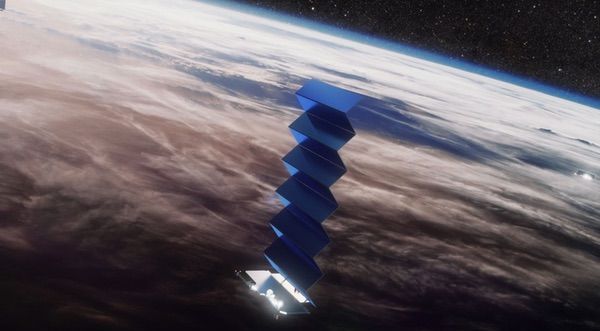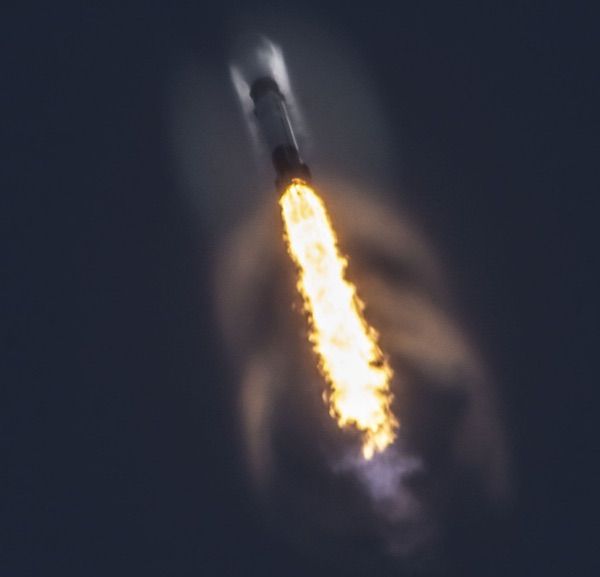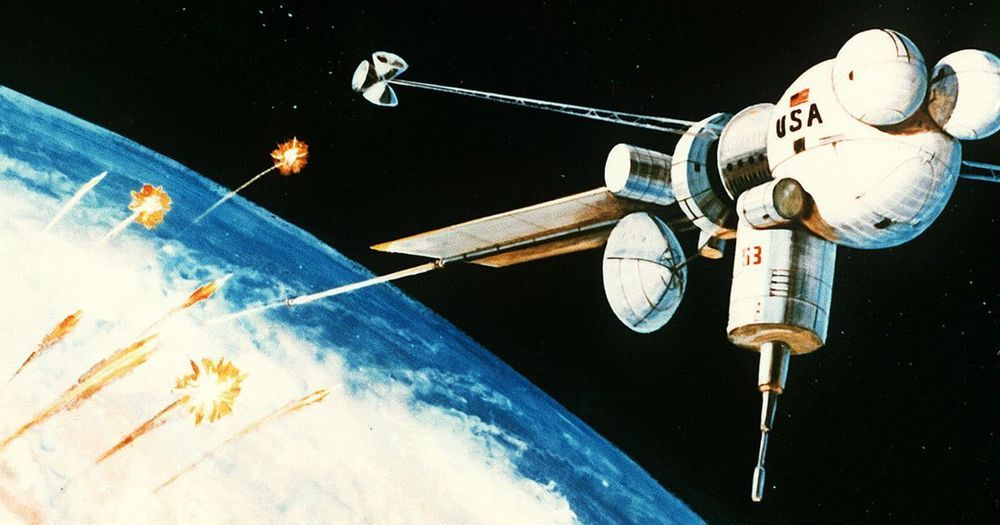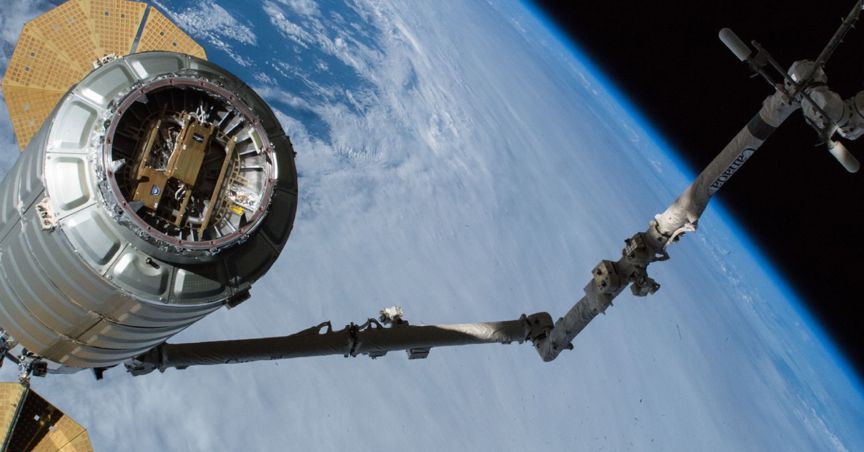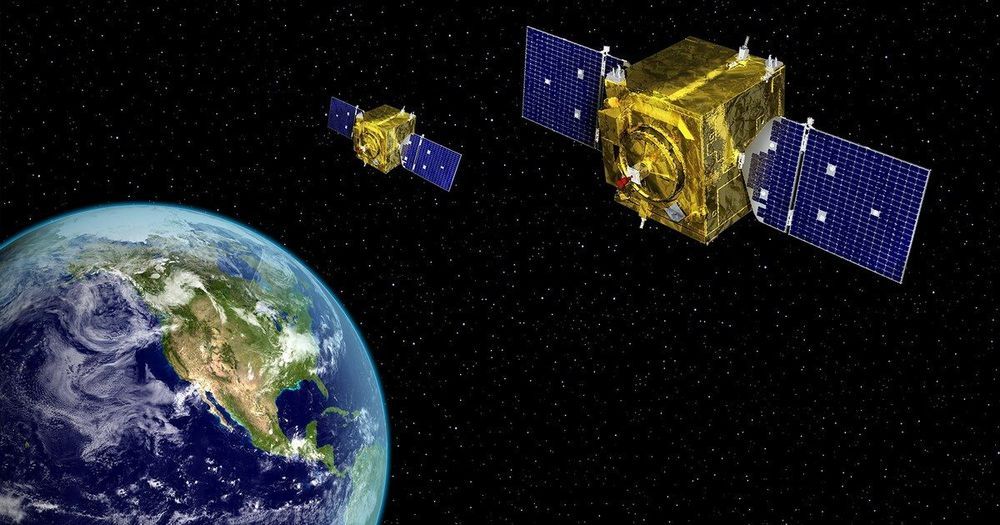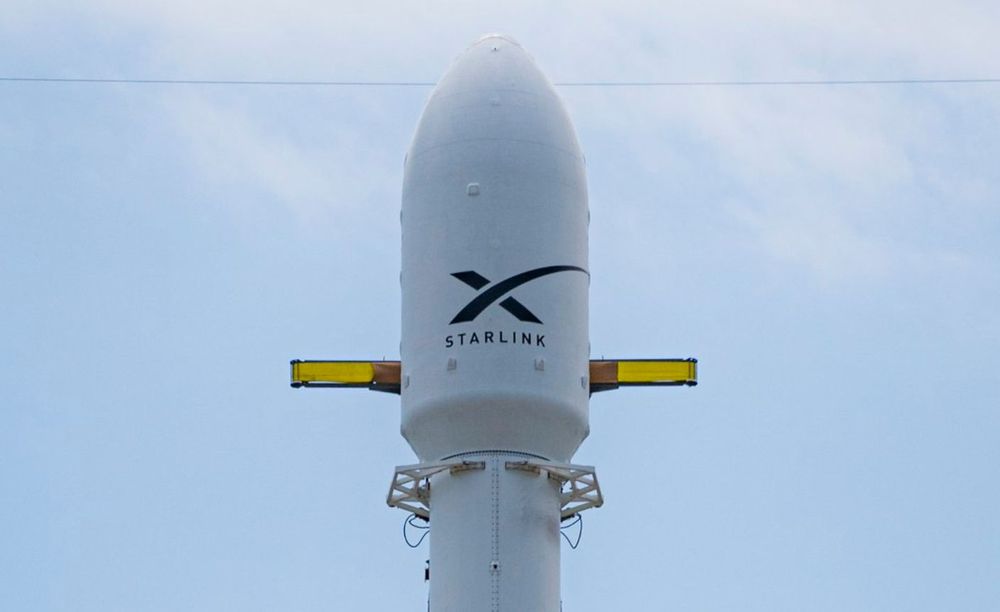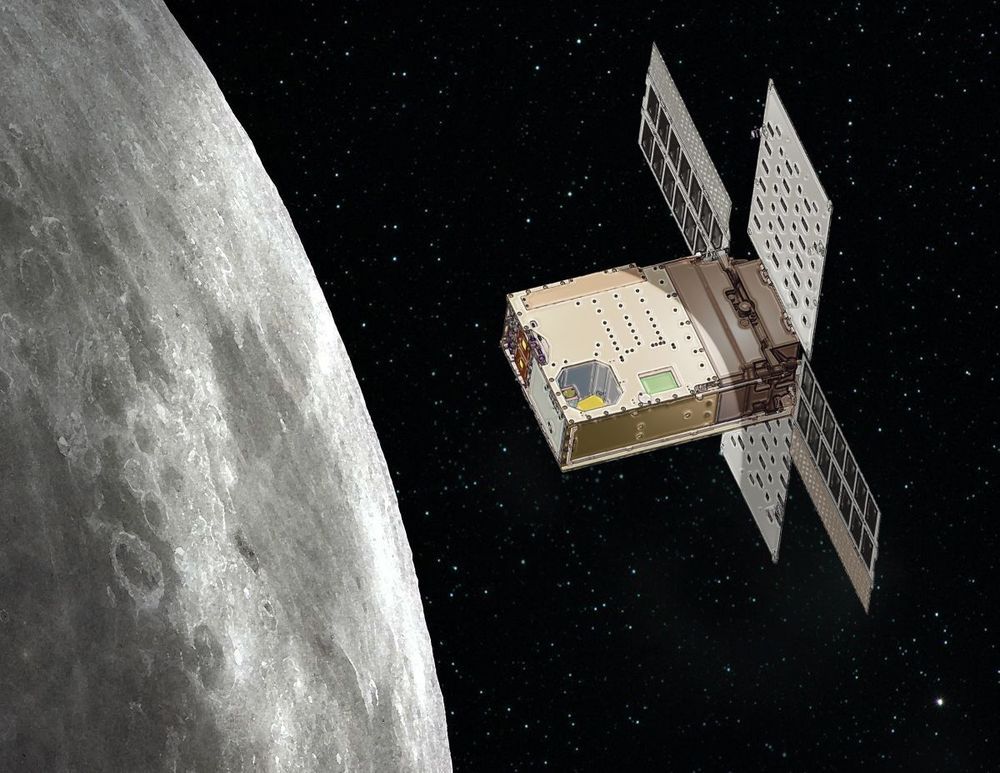Apr 1, 2020
U-M leads $62M ‘largest radio telescope in space’ to improve solar storm warnings
Posted by Genevieve Klien in categories: particle physics, satellites
ANN ARBOR—The most violent solar weather—coronal mass ejections—can flood space with high-energy particle radiation that would harm astronauts and damage spacecraft in its path..
A new $62.6 million NASA mission led by the University of Michigan aims to provide better information on how the sun’s radiation affects the space environment that our spacecraft and astronauts travel through.
The Sun Radio Interferometer Space Experiment, or SunRISE, consists of miniature satellites called cubesats that form a “virtual telescope” in space to detect and study the radio waves that precede major solar events. The waves can’t be detected on Earth’s surface due to interference from the region of Earth’s upper atmosphere known as the ionosphere.

